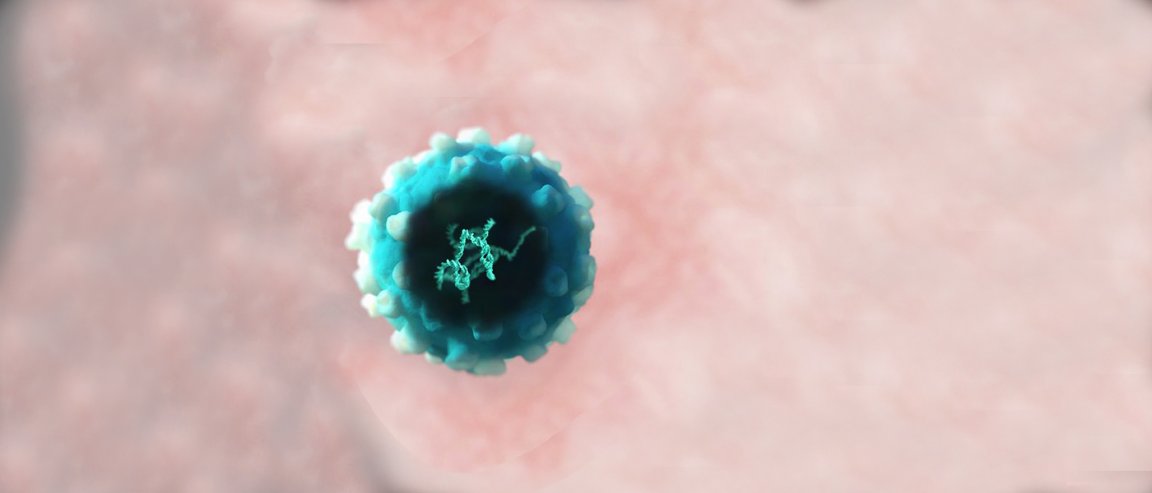
The Fatal Illness
It’s only been a short three months since talks had erupted about the potential approval of a certain gene therapy. But those three months of deliberations by the European Commission have led to a decision that will grant days, months, years and maybe even decades to children whose parents have felt lucky to have spent any time with them at all.
The condition at the heart of the discussion is ADA-Severe Combined Immunodeficiency (ADA-SCID), a rare disorder that is found in 15 newborns each year in Europe. It is characterized by the lack of the Adenosine Deaminase (ADA) protein, which leads to a heavily deficient immune system, as lymphocytes, a type of white blood cell, need the protein for production. Without a functioning immune system, children with ADA-SCID aren’t expected to live long after birth–that is until now.
Taking the Fatal out of Fatal Illness
That is where Strimvelis, GlaxoSmithKline’s (GSK) newest gene therapy technique comes into play. By utilizing the patient’s own bone marrow, a normal copy of the ADA gene is inserted into the cells and then the gene-corrected cells are re-introduced to the patient intravenously.
The confidence in this technique stems from the fact that there was a 100% survival rate in trials that followed 18 treated patients for up to 3 to 13 years. That isn’t to say there aren’t issues. All patients also suffered an adverse effect from the trial, but most resulted with a complication that occurs regularly throughout childhood. To that effect, the European Commission felt safe approving the British firm’s treatment for commercial use.
This is the start of a new chapter in the treatment of rare genetic diseases…
Upon hearing this, the head of GSK’s Rare Disease Unit, Martin Andrews says that: “Today’s approval is the result of many years’ work with our collaborators in Milan and is the next step towards bringing life-changing treatment to patients with ADA-SCID and their families. This is the start of a new chapter in the treatment of rare genetic diseases and we hope that this therapeutic approach could also be used to help patients with other rare diseases in the future.”
A new chapter indeed, one featuring the world of personalized medicine.
A brief video following the story of a boy diagnosed with SCID:
